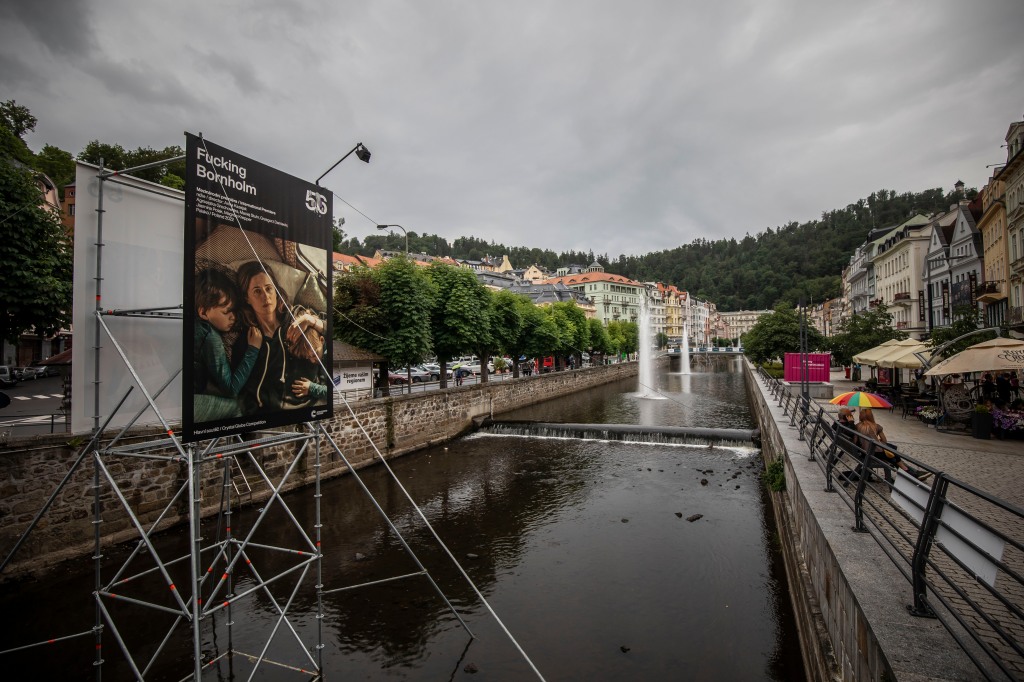
EXCLUSIVE: The current opportunities for film and series development in Central and Eastern Europe was one of the key topics discussed during the first day of the Eastern Promises industry program mounted at this year’s Karlovy Vary International Film Festival.
Defining development and its importance in the context of production, Vratislav Šlajer, producer and Chairman of the Board Directors, Audiovisual Producers’ Association, said: “Technically, development ends with the first shooting day. Scriptwriting is a big part of this process. The script is a key part of any audiovisual project. But also further development is about how you work with a script.”
He added: “When you’re still writing, you have to include other director’s and producer’s views. Development is the beginning of a project until you’re sure what you’re making.”
In the panel hosted by Deadline as part of the Industry Days program, Šlajer was joined by Łukasz Kłuskiewicz, Director, Film Licensing and Co-Productions at Netflix, Klára Brachtlová, Chief External Affairs Officer at CME (VOYO), Radim Špaček, Vice-chairman of the Association of Czech Audiovisual Directors and Screenwriters (ARAS), Přemysl Martinek, consultant for the Czech Film Fund, and Petr Dvořák, CEO Vodafone Czech Republic, who made a brief cameo.
“I’m very pleased that we all agree development is the most crucial and important phase of the project process,” Špaček added. “It’s the riskiest part of the process, but it also receives the lowest amount of finance.”
Špaček frequently discussed the lack of funding within the development process and what he described as the tough situation writers find themselves in when trying to fund their lives and continue writing.
“It’s really difficult sometimes to get paid,” he said. “That’s why for authors, it’s very important that state funds like the Czech Film Fund are offering funds. This is important because if the author receives payment they can apply themselves and really work on a project.”
While money may be lagging in the development process, all five panelists agreed that the amount of money within the industry has increased. Kłuskiewicz, who runs film licensing and co-productions in the region for Netflix, told the audience that the company’s ideas around investment begin solely with what it’s “members like to watch.”
“Czechs, for example, love local content, and this is why companies like Netflix want to invest more because we can see growing relevance and demand for local content,” Kłuskiewicz said.
Netflix opened an operational base in Warsaw, Poland, in 2022 but has been acquiring and licensing locally in Eastern and Central Europe since 2019. During that time, Kłuskiewicz said the company has acquired over 260 films through licensing.
“We are getting closer and closer to commissioning our first original, and we’re very optimistic,” he added.
While Kłuskiewicz’s dedication to investing in the region seemed to instill confidence in the local crowd, Špaček questioned the increased presence of commercial money. The challenge for creators, he said, would be ensuring that more investment from big companies like Netflix does not squeeze the market for artists who want to make strong authored, arthouse content, which he said is rarely picked up by commercial companies.
Šlajer, however, argued that the key goal for artists and producers of arthouse content is to find a business model that can find and support their audience.
“There are different types of platforms like KVIFFTV in the Czech Republic or MUBI internationally that actually invest in arthouse. They have an arthouse audience and business model,” Šlajer said. “Go where your audience is, and if Netflix or VOYO find an audience for arthouse films they will invest in it. But the question is whether that is their business model. What’s the target audience?
Check out the full video from the panel above.













